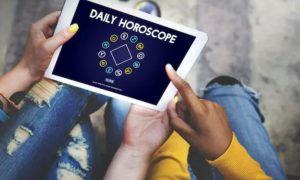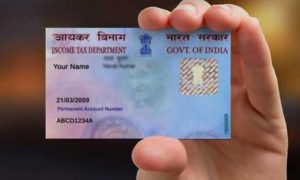Google released a doodle on Thursday, February 29, to mark ‘Leap Day.’ This doodle is unique so far as its reach in terms of visibility spans almost the entire world.
Also Read– PAN Card Update: How To Change Photo And Signature In PAN Card
Google’s doodle depicts a frog marked with the leap day date set amid a setting involving the dates February 28 and March 1. The Leap Day date vanishes as the frog jumps. This setting is illustrated against the background of a pond with stones and leaves where the word ‘Google’ can be identified in the background.
Moreover, the description with this moving illustration states, “Ribbiting news, it’s Leap Day! Leap Day, February 29th, only occurs about every four years, to keep our calendars in alignment with the Earth and sun. Enjoy this bonus day of February — Happy Leap Day!”
Leap year’s origin can be traced back to over 2,000 years ago.
This was done to help align the standard Gregorian calendar with the solar calendar and take into account the fact that the Earth takes slightly over 365 days to orbit the sun that is 365.2422 days, to be exact.
According to the Gregorian calendar that is the world’s most widely used civil calendar, each leap year consists of 366 days instead of 365. This extra day, known as Leap Day, adjusts for the fact that an astronomical year is slightly less than 365 days and 6 hours. The last Leap Day occurred in 2020, and the next will arrive in 2028.
“Leap year babies” will get the opportunity to mark their rare birthday on February 29 this year as the day comes only once every four years. Hence, this day has been the centre of occasional bureaucratic challenges and has often been the centre of several jokes.
About 5 million people worldwide share a Leap Day birthday, according to Associated Press. This number refers to 0.06 percent of the 8 billion people on the earth.





































